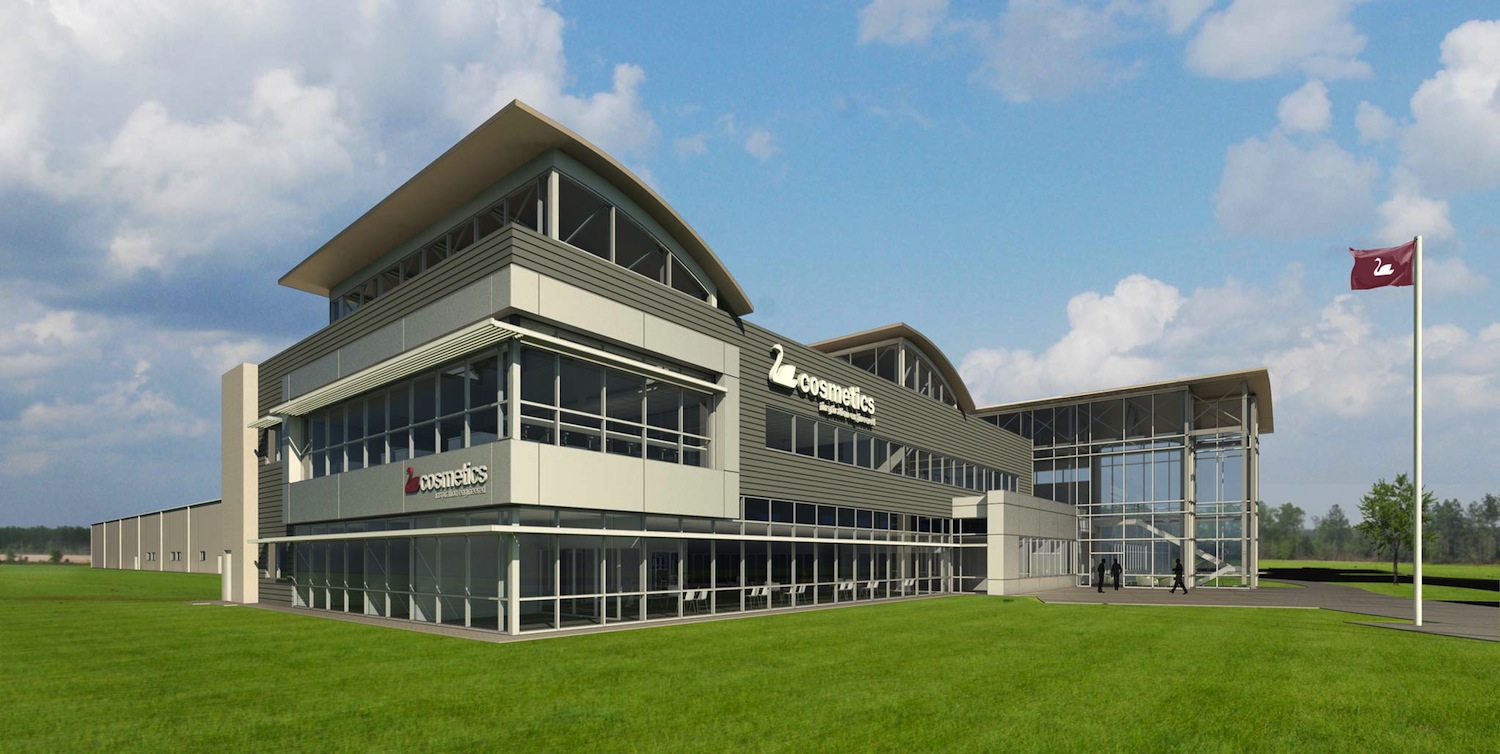Being able to determine early on that a site does not fit within a project budget is extremely useful. And, as many of us are likely all too familiar, having a thorough understanding of a selected site can also mean the difference in keeping a development project moving on-time and on-budget.
Thanks to advancing technology we can now be smarter and more efficient, and in-turn better stewards of our clients’ time and resources. By using site optimization software, we are able to offer a more thorough analysis of a site early in the design process, helping our clients to be better informed of potential site issues and eliminating the surprise factors. Making the right decision at this early stage of a new development can make or break the long-term success and viability of a project.
More Thorough Insight, Greater Flexibility
The biggest differential cost when dealing in site development from one site to another is the earthwork. So, when selecting a site, it is critical to not only take into account the initial purchase price of the property, but also what sort of investment it will take to prep the site for development.
Over the past year, our team has been using site optimization software called SiteOps. It helps us cost-effectively provide conceptual site designs in a more in-depth and efficient manner for our clients. Starting with existing topographic and property boundary information from local GIS databases or from a site-specific survey, the software streamlines the process of conceptual layout and grading design. This conceptual design shows the correlation between the costs for site grading that would be necessary for the associated development planned for the site.
More Posts at Gresham, Smith and Partners' GS&P Dialogue blog
When designing Schwan Cosmetics USA’s new 173,000-sf headquarters and manufacturing facility in Murfreesboro, Tenn., we reviewed three potential sites. In a very short timeframe, we developed conceptual grading plans for each of the three sites with a grading cost analysis for each.
By considering the grading cost along with the property purchase price for each property, the true cost differential between the three sites could be better understood by the client. We altered certain parameters to see how changing certain design characteristics or siting of the building would impact the overall site plans and their resulting effect on the cost. By running the various, detailed scenarios on three differing sites, it provided the team with confidence about which location was ultimately the preferred alternative.
Enhanced Communication
Using this type of software has improved our communication with not only the client, but with other project team members – architects, contractors, etc., as well. The visualizations that are created through the utilization of the software go a long way in helping to communicate early design concepts to the client. It helps to clarify or alleviate their concerns early in the process regarding design details that may have not been as clear on 2-D drawings and site plans.
For example, if a client is concerned about the visibility of the development from adjacent roadways, the site design can be exported into sketch-up, the building model brought in, and sight line studies conducted. If a client feels the parking lot design is too prominent on a site and wants to see varying configurations, data points and schematics can be updated without the need for several additional days of design. The result is a visual graphic that not only shows how the location would be altered, but what the cost implications are associated with the changes.
The software allows our designs to be easily imported into other CAD programs. We’ve seen tremendous benefit in how that allows us to take this early conceptual data and build upon it through the next phases of a project. It also becomes information that can be shared and/or incorporated into architectural and construction plans related to the site.
Not a Magic Bullet
As with any type of technology, there are limitations. The output generated is only as good as the data that is provided to system. While there is never a magic bullet that can ensure the elimination of all surprises on a project, we’re working to use our years of experience coupled with advanced technology to help developers/owners feel more confident regarding their site selection process.
About the Author
Stephen Brown, PE, is an engineer in Gresham, Smith and Partners’ Land Planning and Design division. He specializes in sustainable site design and stormwater management, and has extensive experience in coordinating with developers, local planning departments, municipalities, and state and federal agencies. More posts by Brown.
More from Author
Gresham Smith | Oct 16, 2024
How AI can augment the design visualization process
Blog author Tim Beecken, AIA, uses the design of an airport as a case-study for AI’s potential in design visualizations.
Gresham Smith | Aug 17, 2023
How to design for adaptive reuse: Don’t reinvent the wheel
Gresham Smith demonstrates the opportunities of adaptive reuse, specifically reusing empty big-box retail and malls, many of which sit unused or underutilized across the country.
Gresham Smith | May 24, 2023
Designing spaces that promote enrollment
Alyson Mandeville, Higher Education Practice Leader, argues that colleges and universities need to shift their business model—with the help of designers.
Gresham Smith | Apr 24, 2023
Smart savings: Commissioning for the hybrid workplace
Joe Crowe, Senior Mechanical Engineer, Gresham Smith, shares smart savings tips for facility managers and building owners of hybrid workplaces.
Gresham Smith | Mar 20, 2023
3 ways prefabrication doubles as a sustainability strategy
Corie Baker, AIA, shares three modular Gresham Smith projects that found sustainability benefits from the use of prefabrication.
Gresham Smith | Jan 19, 2023
Maximizing access for everyone: A closer look at universal design in healthcare facilities
Maria Sanchez, Interior Designer at Gresham Smith, shares how universal design bolsters empathy and equity in healthcare facilities.
Gresham Smith | Dec 20, 2022
Designing for a first-in-the-world proton therapy cancer treatment system
Gresham Smith begins designing four proton therapy vaults for a Flint, Mich., medical center.
Gresham Smith | Nov 21, 2022
An inside look at the airport industry's plan to develop a digital twin guidebook
Zoë Fisher, AIA explores how design strategies are changing the way we deliver and design projects in the post-pandemic world.
Gresham Smith | Feb 13, 2022
Helping maximize project dollars: Utility coordination 101
In this post, I take a look at the utility coordination services our Transportation group offers to our clients in an attempt to minimize delays and avoid unforeseen costs.
Gresham Smith | May 7, 2021
Private practice: Designing healthcare spaces that promote patient privacy
If a facility violates HIPAA rules, the penalty can be costly to both their reputation and wallet, with fines up to $250,000 depending on the severity.
















